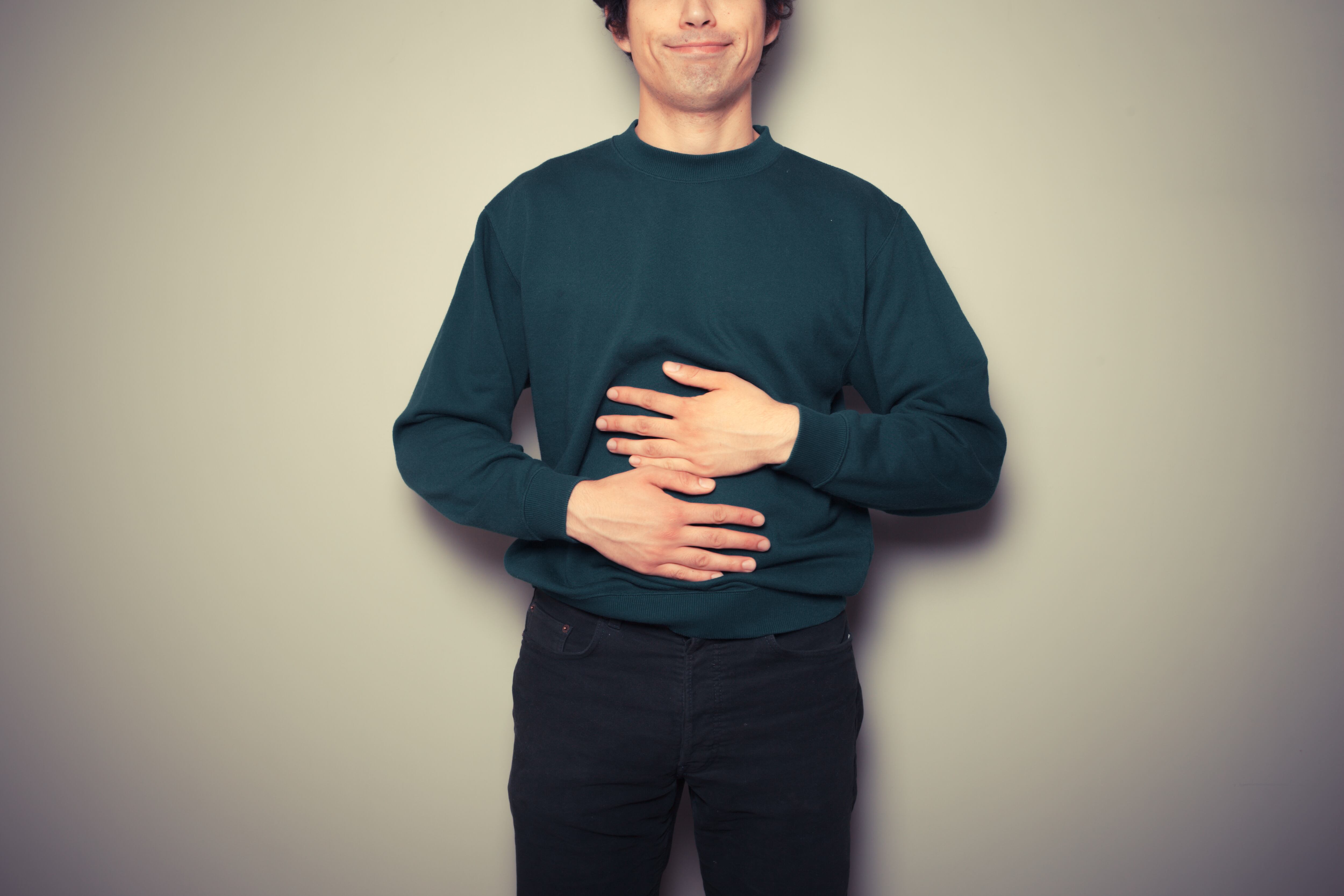GLP-1: Chasing the food industry’s satiety Holy Grail


Satiety is often the key to successful dieting.
(Getty Images)
Satiety is the Holy Grail of many health trends, promised by both GLP-1 drugs and some foods alike. How is it achieved?
While there are a range of aspects to it, the GLP-1 weight-loss trend is largely driven by the fact that the drugs act as appetite suppressants. They satiate us. They allow us to feel full.
They do this by activating the GLP-1 receptors in our stomachs, ensuring that we feel full for longer and, by extension, reduce the temptation to eat certain foods.
Satiety is an important part of weight loss. Without it, reducing food or calorie intake is far more difficult and dieting itself far more likely to fail.
What is the science behind feeling full?
Also read → Explore how GLP-1 drugs work
Just one wafer thin mint?
There are a number of factors to satiety. GLP-1 is key, but it doesn’t tell the whole story.
“When food comes into the stomach it suppresses ghrelin (the hunger hormone) and your hunger will go away, but satiety/fullness comes when foods trigger release of hormones from the small intestine (GLP-1, PYY and more), and also when glucose is getting into the blood stream and hits the brain,” explains Arne Astrup, senior vice president for the Medlem af executive leadership team at the Novo Nordisk foundation.
GLP-1 weight-loss drugs, because they are chemically modified to last longer, are far more effective at making this fullness last.
However, there is more to satiety than GLP-1 alone. Other factors that play a role in inducing satiety are the hormones PYY, CCK and leptin, as well as sugar and amino acids in the bloodstream.
The nutrients which enhance satiety are most prominently protein and dietary fibre, Astrup explains. They work through microbiota, PYY and GLP-1 in order to satiate you.
The foods which help induce satiety, Astrup says, include meat, fish, cheese, dark chocolate, beans, tofu and chickpeas. This is because they are high in both protein and dietary fibre.
However, he suggests, soft drinks with sugar create the least amount of satiety.
Though satiety is a largely physiological process and can be induced by hormones, it is in turn induced by key nutrients. Yet it’s important manufacturers understand emotions can also impact satiety.
Stress, for example, could enhance hunger or make a consumer lose appetite, Astrup explains.




